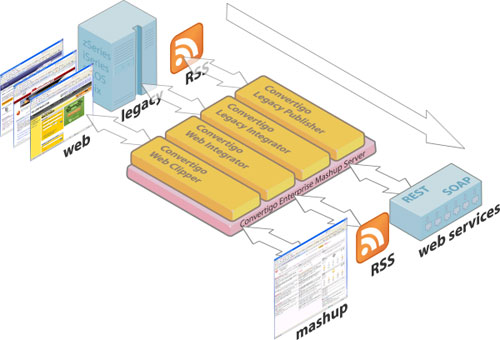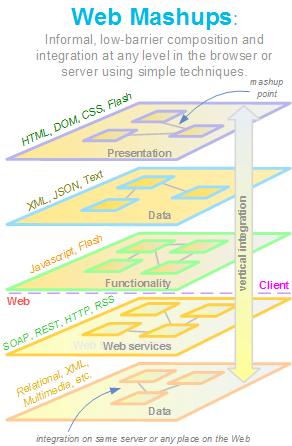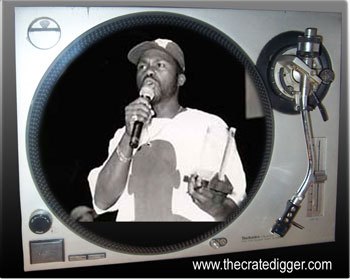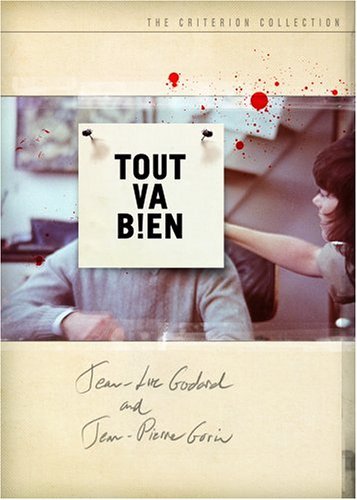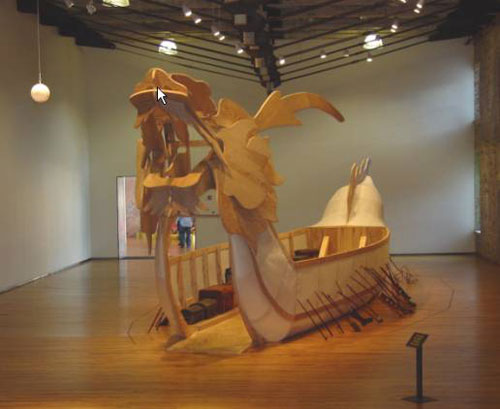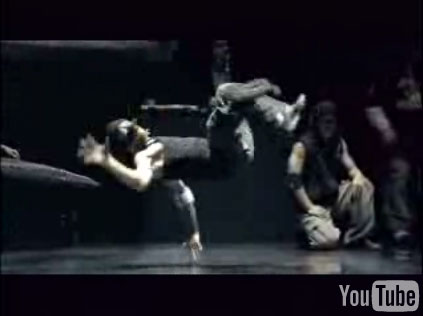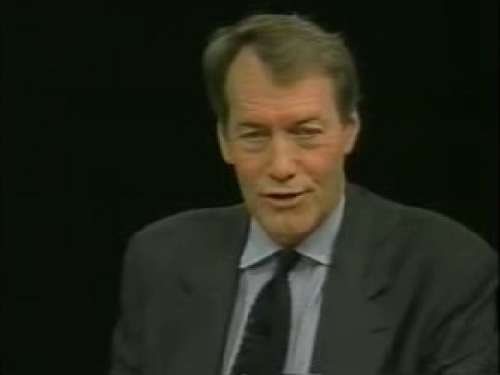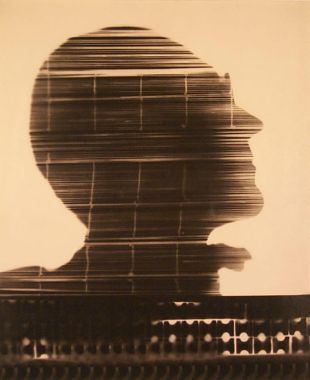Early custom Kraftwerk vocoder on the auction block, by Ryan Block

Image and text soure: Engadget
Jun 29th 2006
You wax faux-nostalgic about the heyday of early robo-Kraut-rock, your early signed pressing of Radio-Activity is rivaled only by your original Neu! Super / Neuschnee 7-inch, and you got a belly laugh at that one scene about the record the nihilists once cut in The Big Lebowski. Kraftwerk fans, today is your lucky day. The original one-of-a-kind prototype vocoder Kraftwerk pictured on the rear cover art of and used to record “Ananas Symphonie” and “Kristallo” on their 1973 release Ralf & Florian. As of the time of this writing it’s already up to five grand, so if you want yourself an extremely expensive piece of history for electronics and electronic music, you’d better get a move on, schnell.
Note: the above text was a comment on the following post from Music Thing:
Lots of people say things like ‘RARE legendary’ in eBay auctions for DX7s and Casio VL-Tones, but eBay item #300001522431 doesn’t go for hype, just saying “prototype VOCODER of german 70´s Electronic Pioneers”. What’s on offer is Ralf & Florian’s vocoder, built to order by a local electronics company, and later used on the intro to ‘Autobahn’. No bids so far at $3,800, with ten days to go. (Thanks, Kaden)
UPDATE: It went for $12,500!


